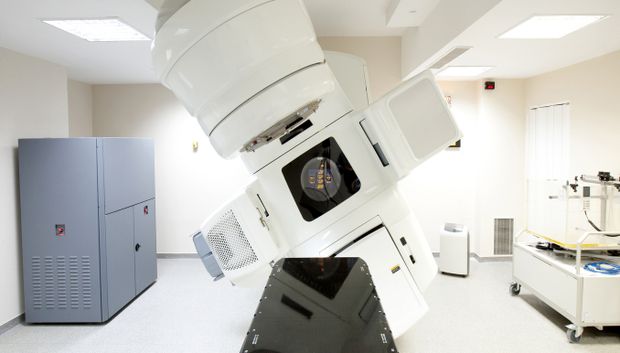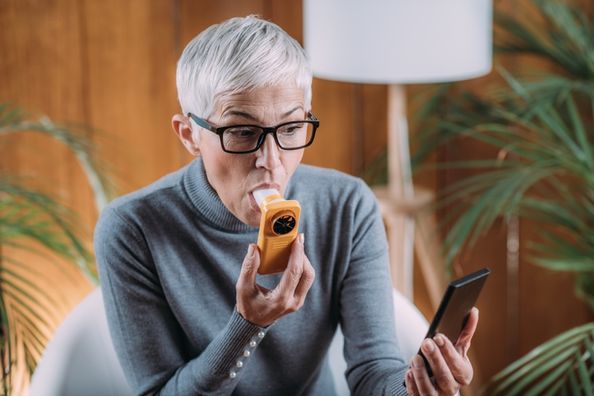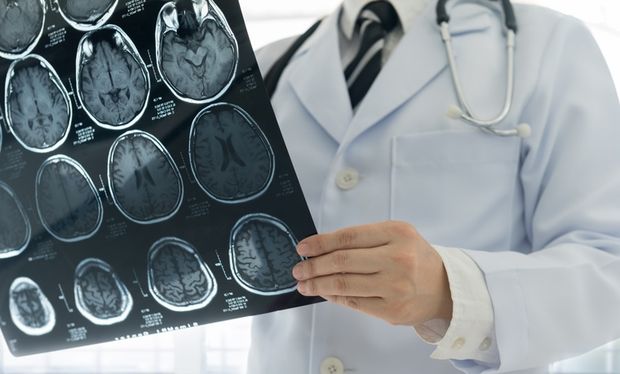
To Use Contrast, Or Not Use Contrast: That Is The Question
By Radiology
A doctor may order a contrast dye to be used during some MRI exams in order for the radiologist to better view internal tissues and blood vessels on the completed images. Contrast materials are not dyes that permanently discolor internal organs. They are substances that temporarily change the way MRIs, X‑rays or other imaging tools interact with the body. Often, contrast materials allow the radiologist to distinguish normal from abnormal conditions.









